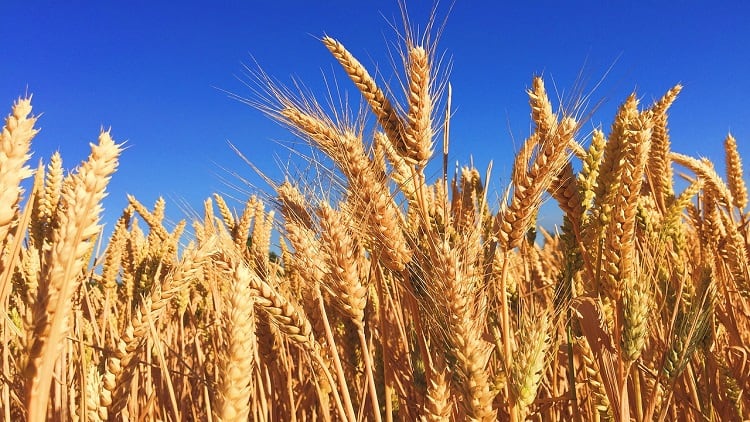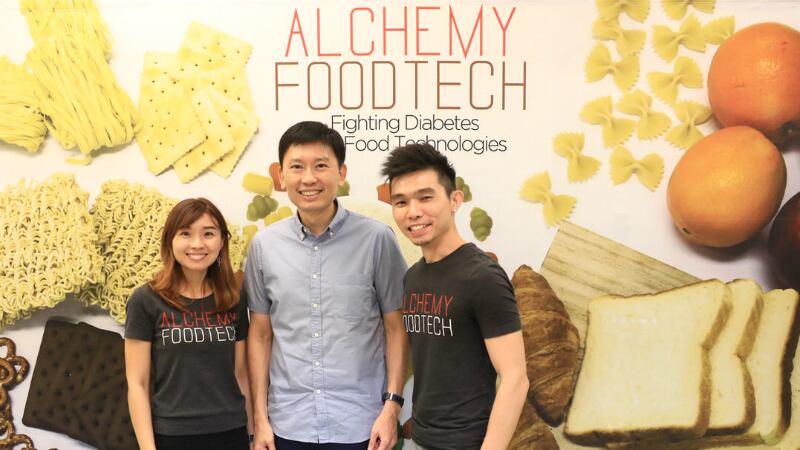From zero to hero: How Singapore became SEA's leading food and nutrition hub in 20 short years
Singapore is rightly proud of its status as South East Asia's leading food and nutrition hub, but the city state is refusing to rest on its laurels, and is now striving to develop a thriving start-up scene and tackle challenges around food safety, security, and advances in manufacturing.
According to associate professor Ralph Graichen, director of Food and Nutrition and Consumer Care at the government Agency for Science, Technology and Research (A*STAR), it wasn’t really until 2009 that Singapore’s potential as a regional food hub began to develop.
“Singapore was always linked more with engineering, computing then pharma-bio, but then food started to get interesting too,” he said.
Key to this was the funding for the GUSTO project - a major collaborative research effort involving academic partners across Singapore, as well as international researchers in New Zealand, the United Kingdom, and other countries.
Vertical farming is not the answer: New Zealand food security in jeopardy at current urbanisation levels
A New Zealand report has revealed that the country’s horticultural industry and food security could face increasing challenges if it intends to rely on vertical farming to replace crops lost to a lack of land post-urbanisation.
This is mainly because vertical farming requires high investment costs, particularly when it comes to paying for electricity to provide suitable artificial conditions for crop growth.
“Vertical farming [utilises] sophisticated greenhouse methods and technologies within a closed environment to maximise productivity,” said report author, Horticulture New Zealand Environmental Policy Advisor Rachel McClung.
“High productivity is achieved by fully controlling aspects of cultivation, such as lighting […], temperature, humidity, levels of nutrient, growing medium composition and air composition.
“[As such, the requirements here such as] to replace solar energy with electricity for artificial lighting and temperature control, combined with the high capital investment and operational cost, currently outweighs the benefits.
‘Next level’ of food safety in India: FSSAI announces new packaging regulations
The Food Safety and Standard Authority of India (FSSAI) has announced new regulations prohibiting all food businesses in India from using ‘unsafe’ materials such as newspapers and recycled plastics to wrap food products.
“The food businesses shall have to comply with these regulations by July 1 2019,” said FSSAI CEO Pawan Agarwal.
According to the official FSSAI statement on the matter, the regulations will cover general and specific packaging material requirements as well as overall migration and specific migration limits of contaminants for plastic packaging materials.
No more chocolate, soft drinks, or fries: UAE bans nine 'unhealthy' foods in school canteens
The UAE Ministry of Education has published a list of food items that are no longer allowed for sale in schools, including chocolate, soft drinks and fries.
Students were also told to refrain from bringing those items to schools.
Aimed at helping students adopt a healthy diet, the policy will be administered across all seven emirates.
The banned items are: Hot dogs and processed meats, Instant noodles, Chocolate bars (with and without nuts), Chocolate spreads, Sweets (including lollipops and jelly), Peanut products, Potato and corn chips, Carbonated drinks, including energy drinks, flavoured water, juice, iced tea, slushies, and eskimo drinks, and Cream cakes and doughnuts.
Allergen information concern: Half of all adverse reactions occur in products without warning labels
More than half of all cases of anaphylaxis or food allergy reactions featured in a new study occurred after the consumption of products that failed to contain any allergen warning labels, according to researchers at the University of Melbourne.
“Over 50% of anaphylaxis self-reports were related to product labels not containing any warning for the likely trigger allergen (whether it be a general precautionary allergen labelling (PAL), or PAL for the specific trigger food),” lead author Giovanni Zurzolo told FoodNavigator-Asia.
“[This is] of concern, as the food allergic consumer would consider these products safe for consumption.”





